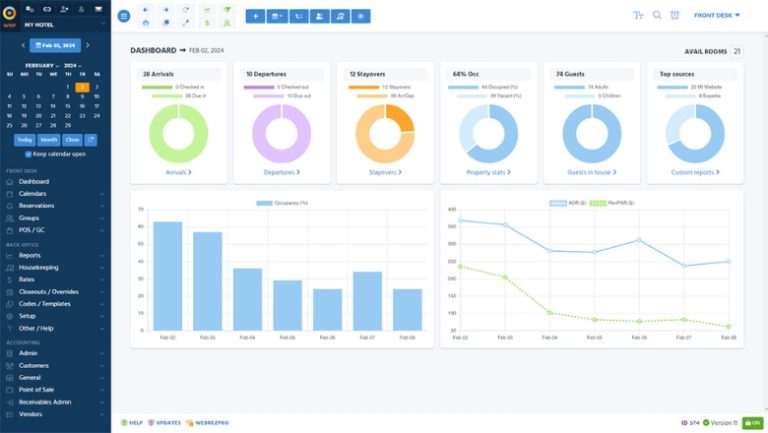The retail landscape has undergone a remarkable transformation over the last few decades, and at the heart of this change lies the evolution of cash registers into modern Point of Sale (POS) systems. The demand for electronic registers has surged, driven by the need for efficiency, accuracy, and adaptability in a fast-paced retail world. Let’s delve into this fascinating journey of technological progress.
The Humble Beginnings of Cash Registers
Before the era of POS systems, cash registers were the go-to devices for retail businesses. These mechanical marvels made their debut in the late 19th century, revolutionizing the way transactions were recorded and money was managed. The primary purpose of these early cash registers was to prevent theft and minimize errors in calculating sales.
The Transition to Electronic Cash Registers
As the 20th century unfolded, electronic technology began to infiltrate the retail sector. The electronic cash register (ECR) emerged, offering significant advantages over its mechanical predecessor. ECRs could calculate change, provide detailed sales reports, and even store pricing information for different products.
The Rise of Modern POS Systems
The true turning point in retail technology occurred with the advent of modern POS systems. This shift was driven by several key factors:
Computerization: POS systems leveraged the power of computers, allowing for greater data storage, processing, and connectivity.
Integration: Unlike standalone cash registers, POS systems could integrate with other business tools such as inventory management, accounting software, and even e-commerce platforms.
Customization: Retailers could now customize their systems to meet specific needs, from managing multiple store locations to offering loyalty programs.
Real-time Data: With POS systems, businesses gained access to real-time sales data, enabling better decision-making and inventory control.
Enhanced Customer Experience: The speed and accuracy of transactions improved, leading to happier customers and repeat business.
The Modern POS System’s Features
Today’s POS systems offer a plethora of features, including:
Inventory Management: Keeping track of stock levels, restocking alerts, and product variations is made easy.
Payment Options: Multiple payment methods, including contactless and mobile payments, are supported.
Customer Relationship Management (CRM): POS systems help retailers gather and analyze customer data to personalize marketing efforts.
Reporting and Analytics: Access to detailed sales reports and analytics for informed decision-making.
E-commerce Integration: Seamlessly connect your physical store with online sales channels.
Security: Robust security features protect against data breaches and fraud.
The Future of Retail Technology
As we look ahead, the evolution of retail technology shows no signs of slowing down. Emerging technologies like artificial intelligence (AI), augmented reality (AR), and blockchain are being integrated into POS systems to further enhance the retail experience.
The evolution from cash registers to modern POS systems has been a journey marked by innovation and adaptation. The demand for electronic registers has been driven by the need for efficiency, accuracy, and the ability to meet the ever-changing demands of the retail industry. As technology continues to advance, so too will the capabilities of POS systems, ensuring that retailers remain agile and competitive in an evolving marketplace.








